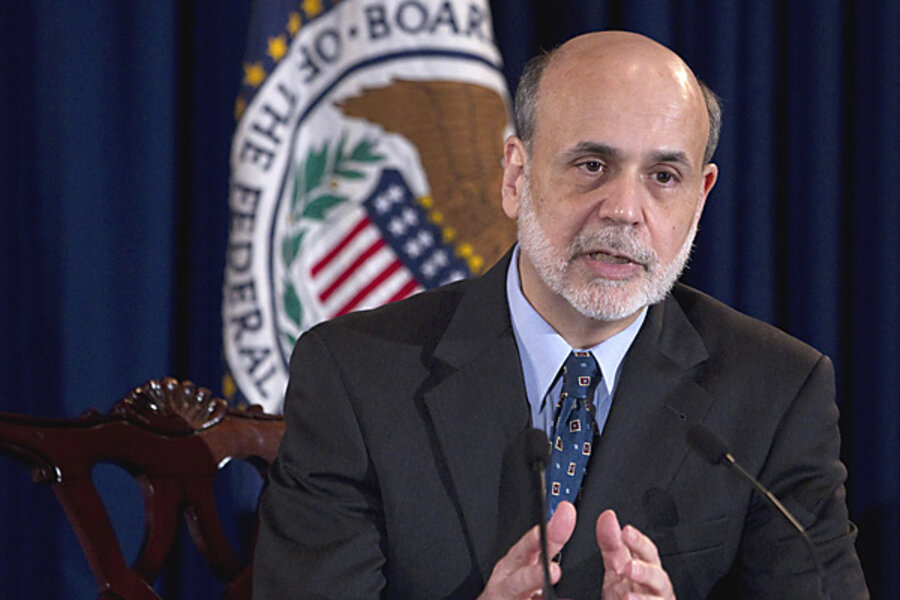If QE2 is over, does that mean QA2 just started?
Loading...
Everyone has been writing epitaphs for the “end” of QE2, the Federal Reserve’s program to buy $600 billion in Treasury bonds.
In a narrow sense, they are right: the Fed just completed those purchases. What most coverage misses, however, is that the effects of “quantitive easing” depend at least as much on the Fed’s owning the bonds as buying them. The stock matters at least as much as the flow.*
The epitaphs apply only to the buying. The stock–Fed ownership of $600 billion in Treasury bonds–is still with us.
Which brings us to today’s question: What should we call that? To say that QE2 is over leaves the impression that the program is over. It’s not.
One answer would be to expand the definition of QE2 to include the owning as well as the buying. In that case, we’d simply say that QE2 is still in place.
That strikes me as the cleanest solution except for one thing: almost everyone seems to want to believe that QE2 is over. So we need a new name.
To get some inspiration, consider the three stages of traditional monetary policy. You know, the kind where the Federal Reserve moves short-term interest rates up and down:
- Cutting rates (easing)
- Keeping rates low (accommodation)
- Raising rates (tightening)
The Fed’s asset purchases will go through three stages as well:
- Buying assets (quantitative easing)
- Owning assets (quantitative accommodation)
- Selling assets (quantitative tightening)
Stage 1, quantitative easing, just ended. When the Fed someday starts selling, that will clearly be quantitative tightening.
But what about stage 2? The best I can come up with is quantitative accommodation, QA for short.
That doesn’t really flow off the tongue, and better suggestions would be welcome.
For now, though, here’s my recommendation: If you insist on saying that QE2 is over, you should also be saying that QA2 just began.
* For example, here’s Chairman Bernanke discussing stocks and flows at his inaugural press conferencein April:
[W]e subscribe generally to what we call here the stock view of the effects of securities purchases, which—by which I mean that what matters primarily for interest rates, stock prices, and so on is not the pace of ongoing purchase, but rather the size of the portfolio that the Federal Reserve holds. And so, when we complete the program, as you noted, we are going to continue to reinvest maturing securities, both Treasuries and MBS, and so the amount of securities that we hold will remain approximately constant. Therefore, we shouldn’t expect any major effect of that. Put another way, the amount of ease, monetary policy easing, should essentially remain constant going forward from—from June.
Add/view comments on this post.
--------------------------
The Christian Science Monitor has assembled a diverse group of the best economy-related bloggers out there. Our guest bloggers are not employed or directed by the Monitor and the views expressed are the bloggers' own, as is responsibility for the content of their blogs. To contact us about a blogger, click here. To add or view a comment on a guest blog, please go to the blogger's own site by clicking on the link above.





